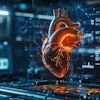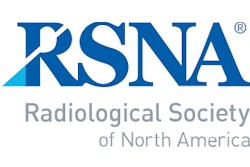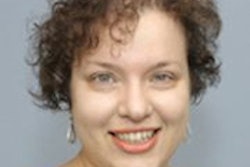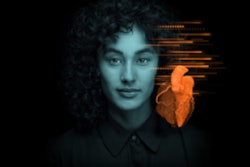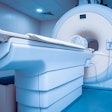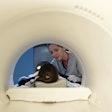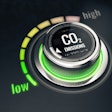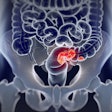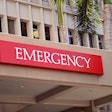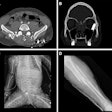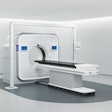Tuesday, December 2 | 11:30 a.m.-11:40 a.m. | SSG11-07 | Room N227
Because neuroimaging of first-episode psychotic subjects appears to have "very little value" in diagnosing the cause of the psychosis, a head CT or MRI should not be given great consideration, researchers in Canada have concluded.These patients should be re-evaluated according to psychiatric guidelines, according to presenter and third-year medical student Wilfred Dang, from Ottawa Hospital, and colleagues. Dang received an RSNA trainee research prize for the scientific paper.
The researchers searched Medline, PsycInfo, and Embase in November 2013 for studies on first-episode psychosis. They examined whether patients received CT or MRI scans at the time of presentation, whether results were abnormal or normal, and why scan results were reported.
Preliminary results from the final eight studies showed that of 1,019 CT and MRI scans, 838 (82%) were completely normal.
"Most abnormalities seen were either benign or incidental and did not have any impact on patient management," Dang and colleagues wrote. "The calculated overall rate of abnormal findings that accounted for psychosis was 0.9 %."
Similarly poor results from CT and MRI for first-episode psychosis prompted a change in British guidelines to decrease redundant neuroimaging, the group noted. However, imaging for first-episode psychosis remains common in North America and a point of controversy.




